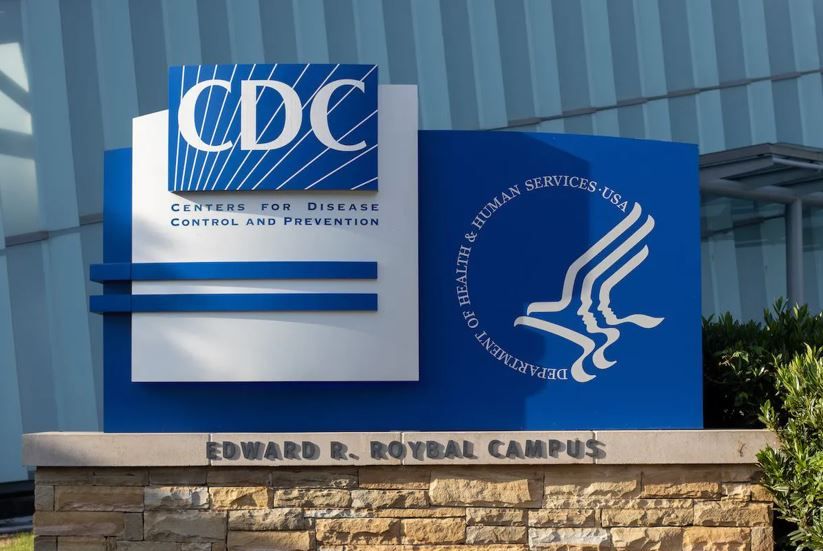CDC: "Leverage All Available Tools" to Increase Flu, RSV, COVID Vaccination
Vaccination against all 3 cocirculating viruses are lower than this time last year and hospitalizations are up across age groups, according to a CDC Health Advisory.
©Tada Images/stock.adobe.com

The US Centers for Disease Control and Prevention has issued a Health Alert Network Health Advisory for health care professionals warning that rates of vaccination are low so far this season against influenza, COVID-19, and respiratory syncytial virus (RSV). As rates of respiratory diseases continue to increase worldwide, suboptimal immunization “could lead to more severe disease and increased health care capacity strain in the coming weeks,” the CDC said. Also of concern is a recent increase in cases of multisystem inflammatory syndrome in children (MIS-C) after COVID-19 infection reported in the United States.
“Health care providers should administer influenzas, COVID-19, and RSV immunizations now to patients, if recommended,” the Alert noted. “Health care providers should recommend antiviral medications for influenza and COVID-19 for all eligible patients, especially patients at high risk of progression to severe disease, such as older adults and people with underlying medical conditions.”
Hospitalizations have increased for all age groups over the past 4 weeks by 200% for the flu, 51% for COVID-19, and 60% for RSV. The CDC Alert reported there have been 12 pediatric deaths from influenza during the current respiratory virus season. States in the southern US are currently seeing the highest rates of disease activity although activity is also increasing across northern states.
Hospitalizations have increased for all age groups over the past 4 weeks by 200% for the flu, 51% for COVID-19, and 60% for RSV.
Unvaccinated persons are at particular risk of severe disease from the 3 seasonal respiratory diseases, as are infants, older adults, pregnant people, and those with certain underlying medical conditions and/or who are immunocompromised. The very youngest and oldest Americans are at the highest risk of severe infection from RSV; it is the leading cause of hospitalization among infants in the US. Vaccination reduces the risk of severe disease, including pneumonia, as well as hospitalization and death. COVID-19 vaccination can also reduce the risk of MIS-C and other post-COVID conditions.
Vaccination coverage for the 2023-2024 season remains low across all age groups vs the same period in 2022-2023. As of November 18, the CDC reported, there have been 7.4 million fewer influenza vaccine doses administered to US adults. Administration of the COVID-19 monovalent vaccine, updated for the 2023-2024 respiratory virus season, is also below desired levels: as of December 2, 2023, only 17.2% of adults aged 18 years and older had received the shot; just 7.7% of children aged 6 months to 17 years and 9.6% of pregnant individuals had received the formulation of the vaccine targeted to the SARS-CoV-2 strain in predominant circulation. Also as of December 2, only 15.9% of US adults aged 60 years and older reported having received vaccination against RSV.
The CDC cited findings of a nationally representative survey of US adults that found among the key reasons for low vaccine uptake are:
- Lack of provider recommendation
- Concerns or issues around serious or unknown adverse effects
- Occurrence of mild side effects
- Lack of time, or forgetting to get vaccinated
In the Advisory the CDC urges health care professionals to “leverage all available tools to increase immunizations” against the 3 cocirculating viruses and offers communication tools and templates to help providers begin the vaccination conversation with patients.
The Alert also reminds clinicians of the importance of prescribing antiviral medications, which the CDC said are “currently underutilized but are important to treat patients, especially persons at high risk of progression to severe disease.” The antivirals approved to great COVID-19 and influenza are most effective at reducing the risk of complications when prescribed as early as possible after symptoms begin.
The full CDC Health Alert Network Health Advisory is available here.
Source: Urgent need to increase immunization coverage for influenza, COVID-19, and RSV and use of authorized/approved therapeutics in the setting of increase respiratory disease activity during the 2023-2024 winter season. CDC Health Advisory. CDC. December 14, 2023. Accessed December 15, 2023. https://emergency.cdc.gov/han/2023/han00503.asp